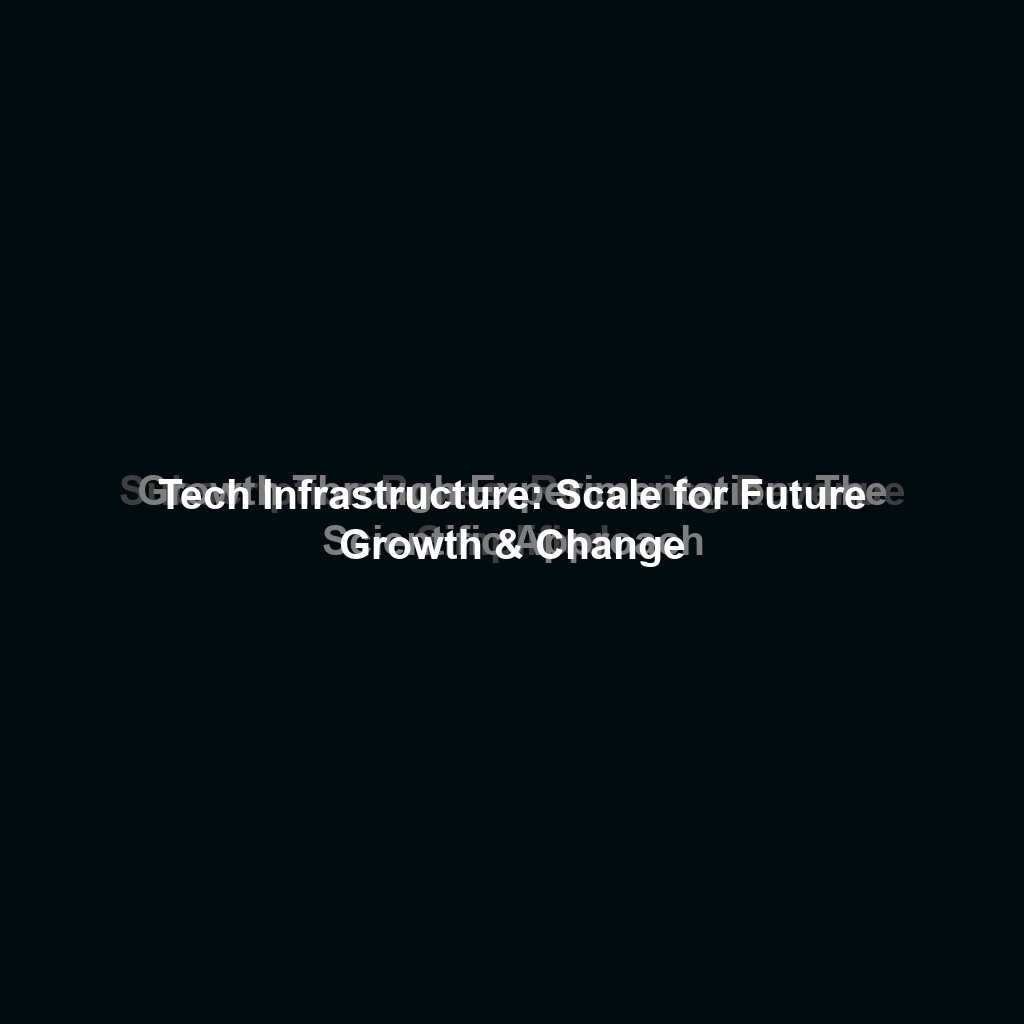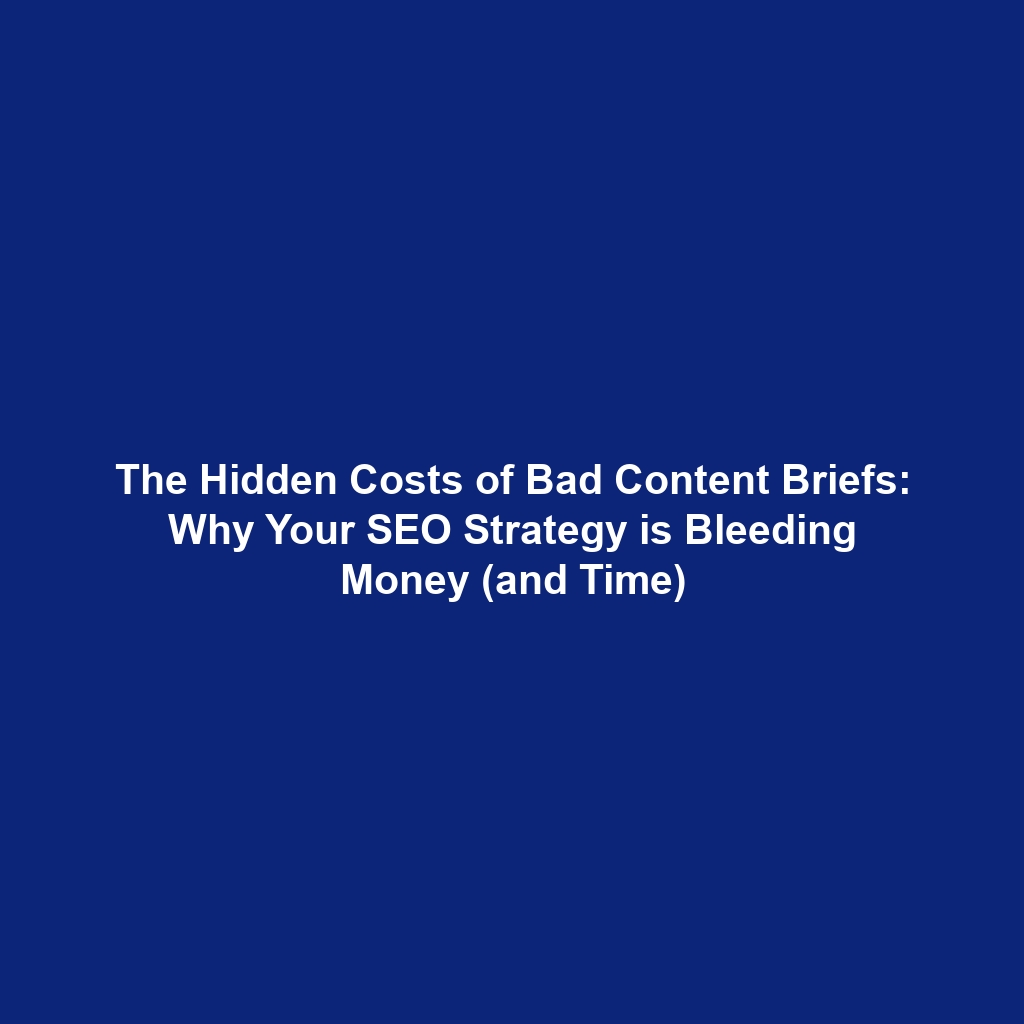Understanding the Crossroads: Legacy vs. Innovation
When a long-standing CEO or other key executive departs, their legacy often casts a long shadow. Their leadership style, strategic decisions, and company culture have shaped the organization. There’s an understandable urge to maintain that legacy, especially if the company has enjoyed success. However, the business landscape is constantly evolving, and clinging too tightly to the past can stifle innovation and lead to stagnation.
Disruptive innovation, on the other hand, involves introducing groundbreaking products, services, or business models that fundamentally alter the market. It often requires challenging established norms and taking calculated risks. The key is to determine when to honor the past and when to embrace the future.
Key Insight: A successful transition involves a careful assessment of both the strengths and weaknesses of the existing legacy, coupled with a realistic evaluation of the opportunities presented by disruptive innovation.
The Appeal and Perils of Legacy Leadership
Maintaining a successful legacy offers several advantages:
- Stability and Predictability: Employees and stakeholders feel secure when the organization continues on a familiar path.
- Preserved Values: Upholding core values and cultural norms can maintain employee morale and brand identity.
- Proven Strategies: Building on existing successful strategies can minimize risk and ensure continued profitability, at least in the short term.
However, an over-reliance on legacy leadership can also be detrimental:
- Resistance to Change: Employees may be resistant to new ideas or processes that deviate from the established norm.
- Missed Opportunities: A reluctance to embrace new technologies or market trends can lead to competitive disadvantage.
- Stagnation: Without fresh perspectives and innovative thinking, the organization may lose its dynamism and fall behind competitors.
Consider, for example, the case of Blockbuster. For years, they were the undisputed leader in the movie rental market. However, their reluctance to embrace streaming technology ultimately led to their downfall. They clung to their legacy brick-and-mortar business model, while Netflix disrupted the industry with a more convenient and innovative approach. (See: Harvard Business Review: How to Survive Disruptive Technologies)
The Allure and Risks of Disruptive Innovation
Embracing disruptive innovation can be incredibly rewarding:
- Competitive Advantage: Introducing groundbreaking products or services can differentiate the organization from its competitors.
- New Market Opportunities: Disruptive innovation can open up new markets and revenue streams.
- Increased Agility: A culture of innovation fosters adaptability and resilience in the face of change.
However, disruptive innovation also carries significant risks:
- High Failure Rate: Not all innovative ideas will succeed, and some may even damage the organization’s reputation.
- Stakeholder Resistance: Employees, customers, and investors may be hesitant to embrace radical change.
- Resource Intensive: Developing and implementing disruptive innovations often requires significant investment of time, money, and effort.
Think of Tesla. They disrupted the automotive industry with their electric vehicles, but their early years were fraught with challenges. They faced production delays, financial difficulties, and skepticism from traditional automakers. However, their unwavering commitment to innovation ultimately paid off, and they are now a leading player in the electric vehicle market. (Source: Tesla Official Website)
Frameworks for Assessing the Need for Change
Before making any major decisions about strategic direction, it’s crucial to conduct a thorough assessment of the organization’s current state and future prospects. Here are some frameworks that can help:
SWOT Analysis
A SWOT (Strengths, Weaknesses, Opportunities, Threats) analysis is a classic tool for evaluating an organization’s internal and external environment. It can help identify areas where the organization is thriving, areas where it needs improvement, and potential opportunities for growth.
For instance, a SWOT analysis might reveal that a company has a strong brand reputation (Strength) but lacks a robust digital presence (Weakness). It might also identify a growing demand for sustainable products (Opportunity) and increasing competition from lower-cost competitors (Threat). This information can then be used to inform strategic decisions about whether to maintain the legacy of a strong brand or to invest in disruptive innovations like a new digital platform or sustainable product line.
Porter’s Five Forces
Porter’s Five Forces is a framework for analyzing the competitive intensity and attractiveness of an industry. It considers the bargaining power of suppliers and customers, the threat of new entrants and substitute products, and the intensity of competitive rivalry. (See: Harvard Business Review: The Five Competitive Forces That Shape Strategy)
Applying Porter’s Five Forces can help an organization understand the competitive pressures it faces and identify opportunities to gain a competitive advantage. For example, if the threat of new entrants is high, the organization might need to invest in disruptive innovations to create barriers to entry. If the bargaining power of customers is high, the organization might need to find ways to differentiate its products or services.
Innovation Audits
An innovation audit assesses an organization’s ability to generate and implement new ideas. It examines factors such as the company’s culture, processes, resources, and leadership support for innovation. It can also involve gathering data on employee engagement, innovation success rates, and investment in R&D. Such an audit can then identify roadblocks to innovation and provide recommendations for improvement. I once worked with a manufacturing firm where an innovation audit revealed a deep-seated fear of failure among employees, preventing them from sharing novel ideas. We implemented a program to reward experimentation and celebrate “smart failures,” leading to a significant increase in employee engagement and successful product development.
Key Takeaway: These frameworks provide valuable insights, but they should be used in conjunction with qualitative data and human judgment. Data without context can be misleading.
Managing Stakeholder Expectations During Transition
A C-suite transition can be unsettling for employees, customers, investors, and other stakeholders. It’s essential to manage their expectations effectively to maintain confidence and support for the organization’s future direction.
Communication is Key
Transparent and consistent communication is crucial during a leadership transition. The organization should communicate the reasons for the transition, the process for selecting a successor, and the organization’s strategic priorities. This includes regular updates to employees, customers, and investors, using various channels such as town hall meetings, email newsletters, and social media.
Involve Stakeholders
Involving stakeholders in the transition process can help build trust and buy-in. This might involve soliciting feedback from employees on the qualities they seek in a new leader or inviting customers to participate in focus groups to discuss their needs and expectations. When a major healthcare provider underwent a CEO transition, they formed an advisory council comprised of physicians, nurses, patients, and community leaders. This council provided valuable input on the strategic direction of the organization, ensuring that the new CEO’s vision aligned with the needs of the community.
Highlight Stability and Continuity
While it’s important to acknowledge the transition, it’s equally important to emphasize the stability and continuity of the organization. This might involve highlighting the strength of the existing management team, the company’s solid financial performance, or its commitment to its core values. Remind stakeholders that the organization’s mission and vision remain unchanged, even with a new leader at the helm.
Case Studies: Successful (and Unsuccessful) Transitions
Analyzing real-world examples of C-suite transitions can provide valuable lessons for organizations navigating similar situations.
IBM: From Legacy Hardware to Cloud Computing
IBM’s transition under CEO Ginni Rometty involved a shift from a legacy hardware business to a focus on cloud computing and artificial intelligence. This required significant investments in new technologies and a willingness to shed underperforming divisions. While the transition wasn’t without its challenges, IBM successfully transformed itself into a leading provider of cloud-based services. (Source: IBM Official Website)
Yahoo!: A Failure to Adapt
Yahoo!’s failure to adapt to the changing internet landscape is a cautionary tale. Despite having early advantages in search and online advertising, Yahoo! failed to innovate and lost ground to Google and other competitors. Multiple CEO changes and strategic pivots ultimately led to its acquisition by Verizon. (Read more: The New York Times: Yahoo, End of an Era)
Netflix: Continuous Disruption
Netflix provides an example of continuous disruptive innovation. Starting as a DVD rental service, Netflix disrupted the video rental market and then disrupted itself by transitioning to streaming. Now, Netflix is disrupting the traditional television industry with its original content and global reach. This constant pursuit of innovation has made Netflix a dominant force in the entertainment industry.
Practical Steps for Charting a New Course
Here’s a step-by-step guide for organizations navigating a C-suite transition:
- Assess the Current State: Conduct a thorough SWOT analysis, Porter’s Five Forces analysis, and innovation audit.
- Define Strategic Priorities: Based on the assessment, identify the organization’s key strategic priorities. Should it prioritize legacy leadership, disruptive innovation, or a balanced approach?
- Develop a Transition Plan: Create a detailed plan for the leadership transition, outlining the timeline, communication strategy, and key milestones.
- Communicate Transparently: Keep stakeholders informed throughout the transition process, addressing their concerns and managing their expectations.
- Empower the New Leader: Provide the new leader with the resources and support they need to succeed, while also holding them accountable for results.
- Monitor and Adjust: Continuously monitor the organization’s performance and adjust the strategic direction as needed.
Actionable Insight: The success of a transition hinges on a proactive and adaptable approach. Don’t be afraid to deviate from the plan if circumstances change.
Conclusion: Balancing the Scales
The departure of a C-suite executive presents a unique opportunity for organizations to reassess their strategic direction. The key to success lies in finding the right balance between preserving a successful legacy and embracing disruptive innovation. By conducting a thorough assessment of the organization’s current state, managing stakeholder expectations effectively, and empowering the new leader, organizations can chart a new course that leads to sustained growth and success. The path forward requires careful consideration, courageous decision-making, and a willingness to adapt to the ever-changing business landscape.
For more tailored guidance on navigating C-suite transitions and fostering disruptive innovation within your organization, contact us today. Our team of experienced consultants can help you develop a customized strategy to achieve your specific goals.
This article was optimized and published by Content Hurricane.


